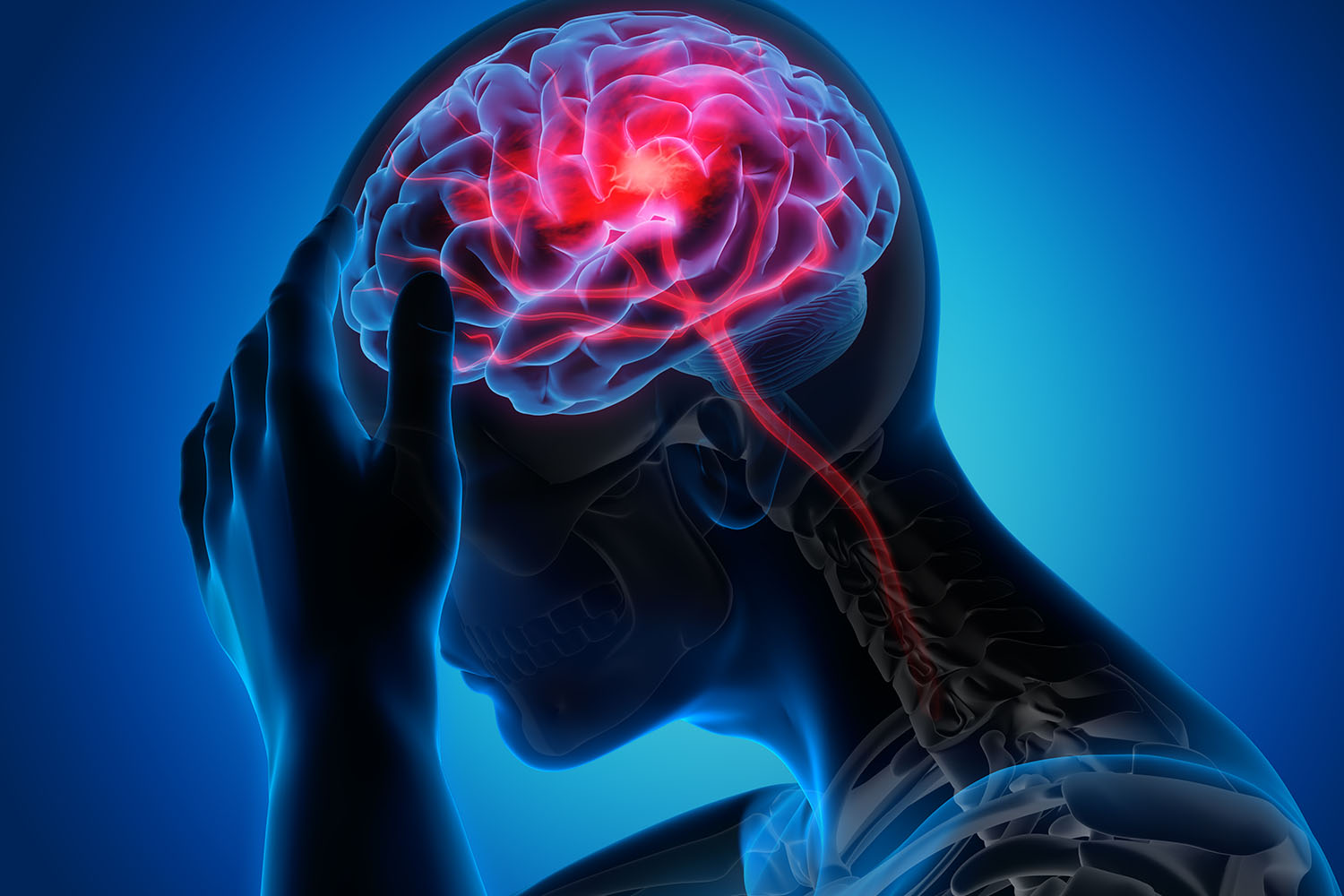Overview
Hypertension, commonly known as high blood pressure, is a significant health concern worldwide. This condition, often dubbed the “silent killer,” affects millions of individuals and contributes to severe health complications like heart disease, stroke, and kidney failure. The use of hypertension images in understanding and diagnosing this condition has become increasingly important in both clinical and public health settings.
What is Hypertension?
Hypertension occurs when the force of blood against the artery walls is too high. It is typically diagnosed when blood pressure readings consistently exceed 140/90 mmHg. Hypertension can be classified into two types:
- Primary (essential) hypertension: This type has no identifiable cause and develops gradually over many years.
- Secondary hypertension: This type is caused by an underlying condition, such as kidney disease or hormonal disorders, and tends to appear suddenly.
The Role of Hypertension Images
Hypertension images refer to visual tools and diagnostic imagery that help healthcare providers identify and manage high blood pressure. These images can include anything from graphical representations of blood pressure readings to more advanced imaging techniques like echocardiograms, which can show the effects of high blood pressure on the heart.
- Blood Pressure Charts and Graphs: These are the most basic forms of hypertension images. They help both patients and doctors track blood pressure readings over time, providing a clear visual representation of trends and helping to identify patterns or triggers.
- Echocardiography: This imaging technique uses ultrasound waves to create images of the heart. It is particularly useful in assessing the impact of hypertension on the heart’s structure and function. For instance, it can reveal thickening of the heart muscle (left ventricular hypertrophy), which is a common consequence of prolonged high blood pressure.
- Fundus Photography: Hypertension can also affect the eyes, leading to changes in the blood vessels of the retina. Fundus photography captures detailed images of the retina, helping doctors detect hypertensive retinopathy, a condition that can signal chronic high blood pressure.
- Renal Ultrasound: Since the kidneys play a crucial role in regulating blood pressure, imaging them can provide valuable insights. Renal ultrasound helps identify structural abnormalities or blockages in the arteries that supply blood to the kidneys, which can contribute to secondary hypertension.
International Research on Hypertension
Global research efforts have highlighted the importance of hypertension images in both diagnosing and managing this condition. For example, a study published in The Lancet demonstrated the effectiveness of using echocardiography to predict cardiovascular events in hypertensive patients. The study concluded that patients with left ventricular hypertrophy detected through echocardiography were at a higher risk of heart attacks and strokes, underscoring the importance of early detection and intervention.
Another international research initiative, the Global Hypertension Practice Guidelines by the International Society of Hypertension (ISH), emphasizes the use of diagnostic imaging in routine hypertension management. These guidelines recommend regular imaging for patients with uncontrolled hypertension or those who show signs of organ damage.
The Future of Hypertension Imaging
Advances in technology continue to enhance the capabilities of hypertension images. For instance, the development of portable ultrasound devices and AI-powered imaging analysis tools holds promise for more accessible and accurate hypertension management, particularly in low-resource settings. These innovations could revolutionize how hypertension is diagnosed and monitored, making it easier for healthcare providers to offer timely and effective treatment.
Hypertension images play a crucial role in the global fight against high blood pressure. From simple blood pressure charts to advanced echocardiograms, these tools provide invaluable insights into the condition’s impact on the body. International research continues to support their use, highlighting the importance of visual diagnostics in managing hypertension. As technology advances, the future of hypertension imaging looks bright, promising even better outcomes for patients worldwide.
By leveraging the power of hypertension images, healthcare providers can offer more precise diagnoses, track the effectiveness of treatments, and ultimately improve the quality of life for millions of individuals living with high blood pressure.



